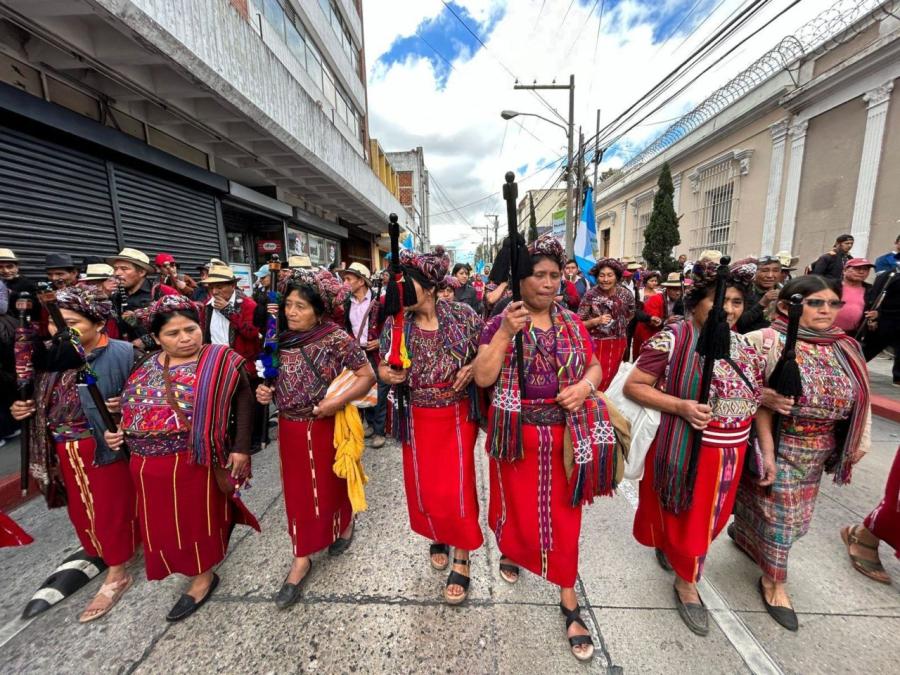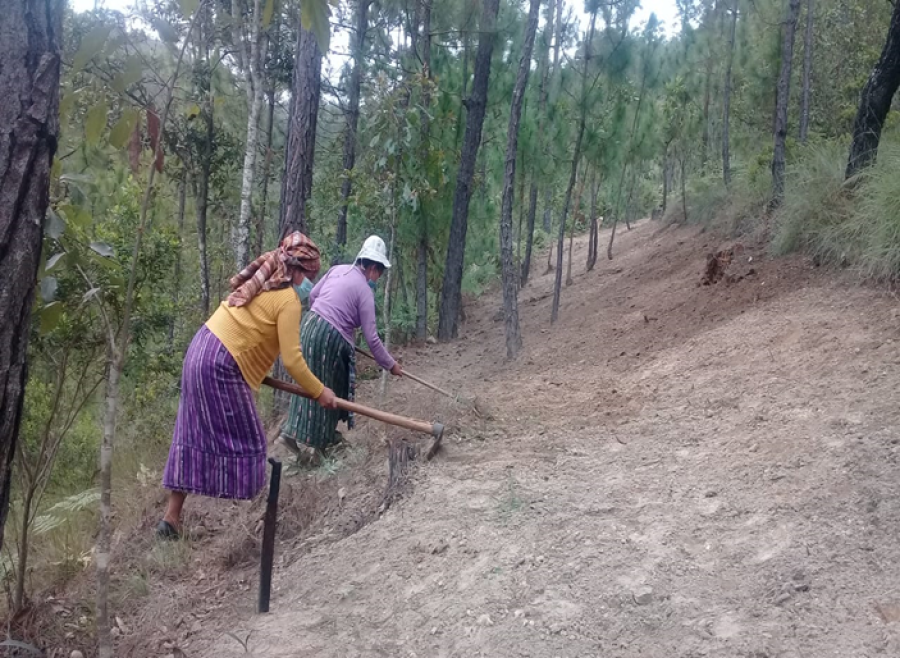HONDURAS
The Save the Children Federation is encouraging small farmers to store their grain in silos made from laminated metal and to protect the produce with phostoxin, a pesticide containing aluminum phosphate. Many people, unable to afford both expenditures, nevertheless recognize the immediate value of the fumigant.
Salvador Ramirez, a local grain merchant, is one such Honduran. He cannot afford metal silos to store his grain so he stores it in plastic bags. To kill bugs, he places a phostoxin tablet in each bag. To guard his produce, he sleeps next to them, and frequently becomes ill for 2-3 days as phostoxin fumes escape from the bags. Phostoxin's German manufacturer claims that the chemical is safe when used in the sorts of sealed containers which most Hondurans cannot afford to buy.
Ramirez, however, says that local Indians and mestizos have learned a lot since their first experiences with pesticides; they have progressed from chlordane to malathion and now to the less toxic phostoxin. Today chlordane is applied only to seed before it is planted, so that food can be drawn from the stock until then. Ramirez insists that he will not sell grains stored with phostoxin until they have been aired for 2 weeks. He does not know if other grain dealers follow the same practice.
Local farmers reportedly use the insecticide dipterex on their sorghum and corn crops. Nobody can afford to buy masks for spraying. But, as Ramirez says, it's okay because they eat limes, believed locally to cancel the toxic effects of the pesticides.
GUATEMALA
Guatemala, for its size, sprays the crops with enormous amounts of insecticide. Some believe that total pesticide use is 40 percent higher than needed to achieve optimal results. Meanwhile some 500,000 Guatemalans are reported to live in areas sprayed regularly; more than 600,000 workmen and their families migrate to such areas during the three month harvest. Most of these workers are Indians. About 75 percent of sprayed pesticides misses cotton fields.
The Central American Institute for Research and Industrial Technology revealed that the average DDT levels in the blood of a mother living in the sprayed areas was 520 ppb while 76 ppb in urban areas. In addition. DDT has been found in cow's milk, fish, meat, greens, and drinking water. Workers and their families live in the fields and become contaminated by the spraying. In the U.S. when using less toxic pesticides, it is recommended that workers not inhabit sprayed areas for 72 hours. If Guatemalan workers leave the field during the spraying, many are not paid.
In 1977, 1,039 poisonings were reported. But the official estimates of 30-40 people per day being hospitalized belie this figure. Such inconsistency is perhaps explained by the fact that half the workers return to the Altiplano. They are probably not included in the reports, and they certainly are not included in any studies of the long-term effects of pesticide poisoning.
In 1976, Akwesasne Notes reported on the recruitment of Indian plantation labor from the Altiplano. One man received $10 worth of fertilizer from a labor contractor. To pay his debt he agreed to work for 30 days at $1.05 per day, providing his own food. Two years earlier, the same man had returned from plantation work, with a stomach problem, one of the first signs of pesticide poisoning Having worked on the plantations since age seven, he recalled numerous men and women who died there: children who coughed blood from the "poison of the spray planes."
Even in the Altiplano, Indians are not safe. As soil fertility has decreased and population pressure increased. Indians have turned increasingly to fertilizers and pesticides. They complain that contaminated bugs, immune to their sprays, are eaten by chickens which then die. Nevertheless, the more chemicals they use, the more they need. As valuable resources, they must be protected, often inside the one-room house, next to the corn and beans.
VENEZUELA
Reports have begun to surface of unexplained deaths among Yucpa Indians. Carib speakers from northwest Venezuela. Since 1979, 78 of the group's 800 members have died. Observers feel that defoliants used to convert the region into pasture are responsible. A U.S. team is now in the area assessing the situation. There is also concern that, to the south of the Yucpa, where conversion to pasture is also underway, some 2,000 Bari Indians are likewise affected.
IRAQ
In 1971, Iraq placed an order for 95,000 tons of wheat and barley seed with the American grain trading firm Cargill. The seeds were treated with methyl mercury, a fungicide banned by many developed countries following mercury poisoning epidemics in Pakistan, Guatemala, Japan, and the American Southwest. The poisoned seeds were widely distributed throughout the Iraqi countryside, where they were often used not for planting, but for baking into breads and cake. An estimated 6,000 people died and another 100,000 suffered serious, often irreparable, injury.
Article copyright Cultural Survival, Inc.


